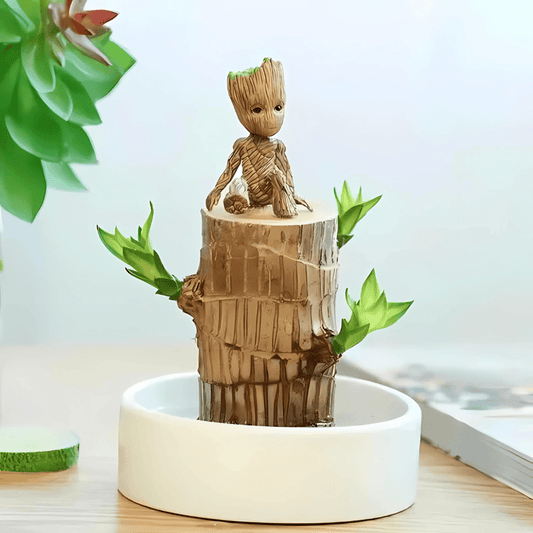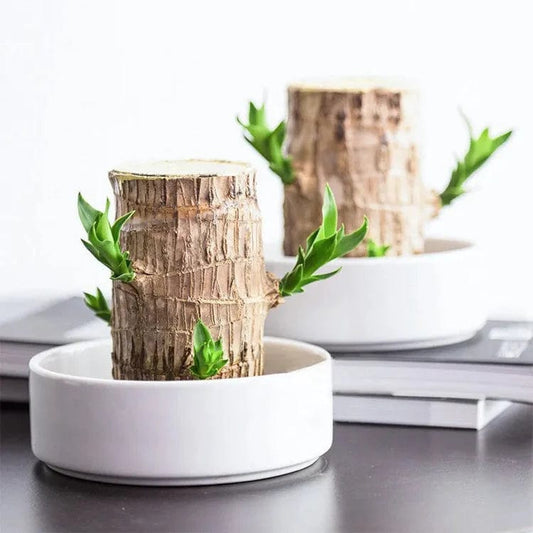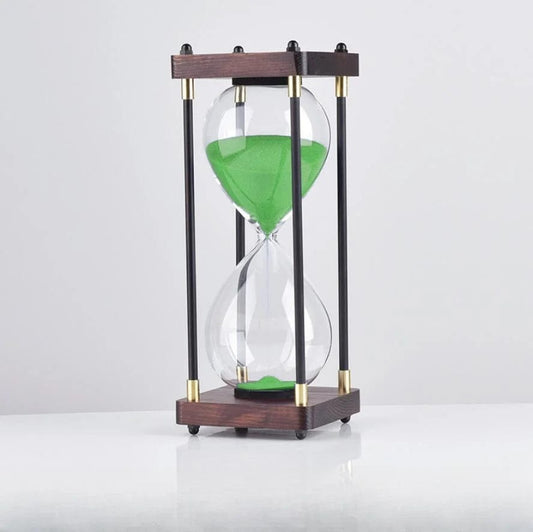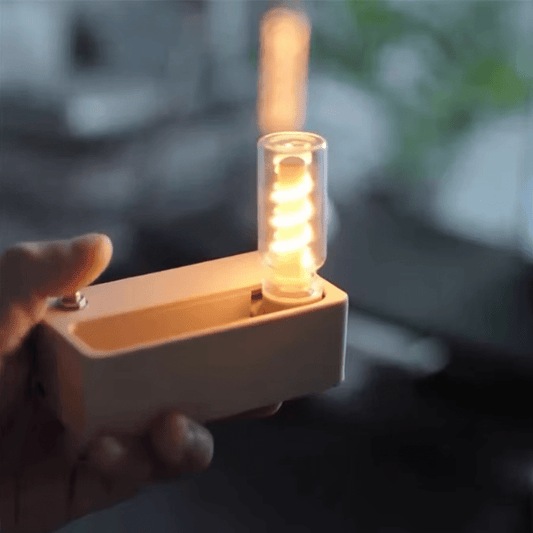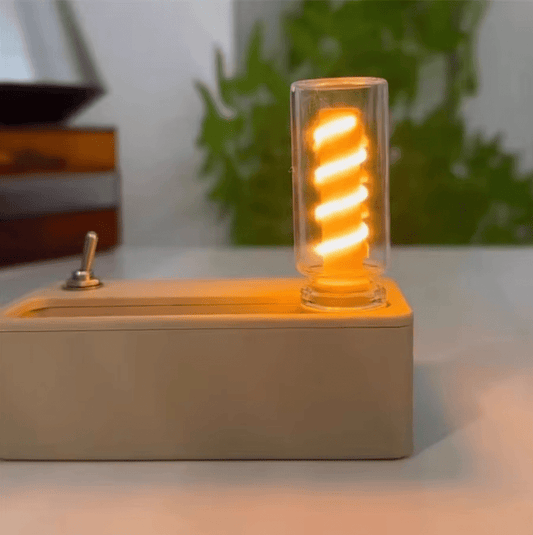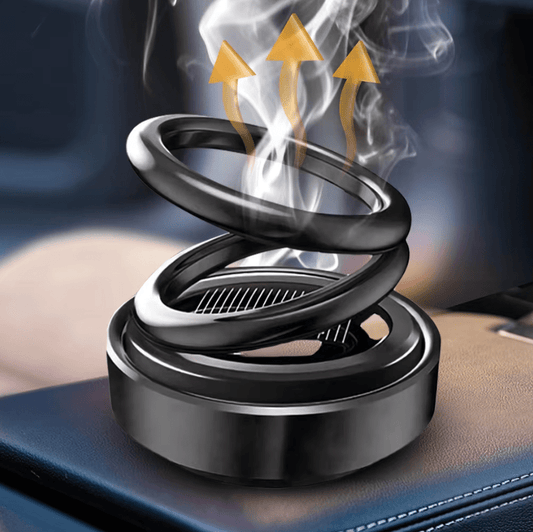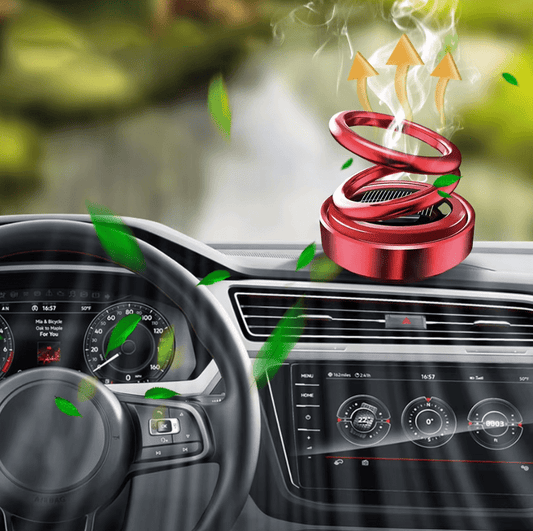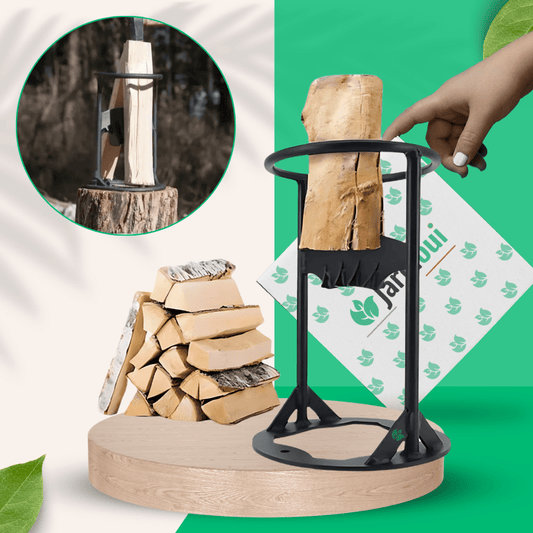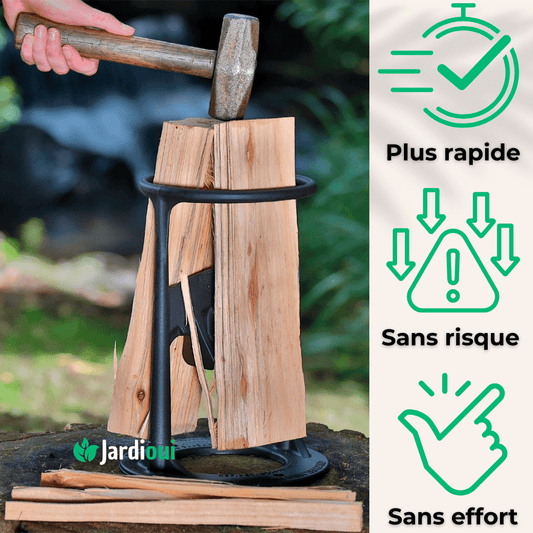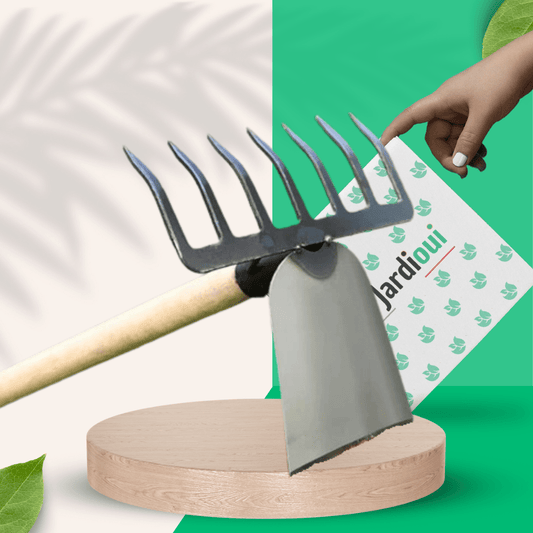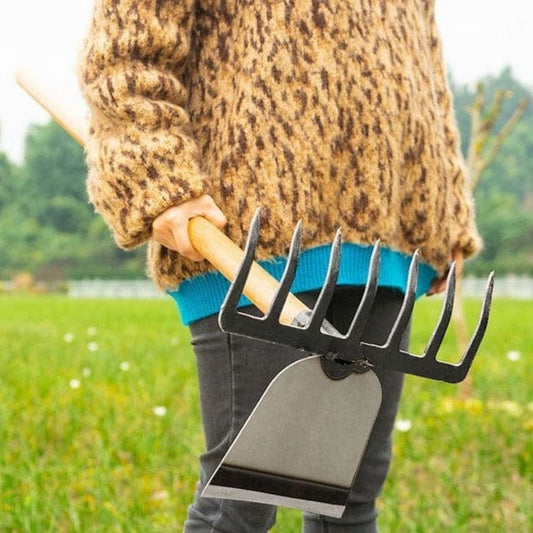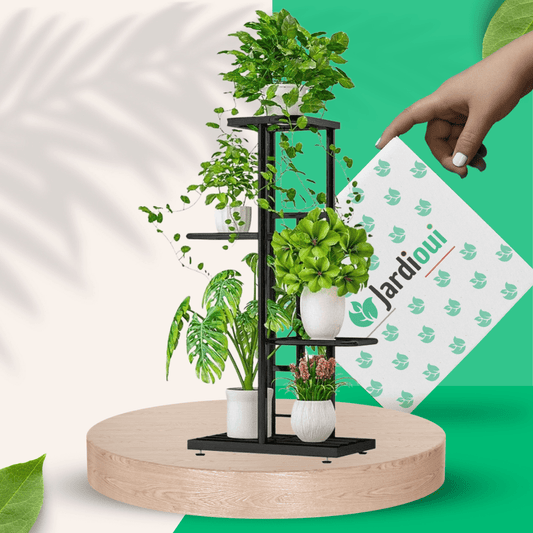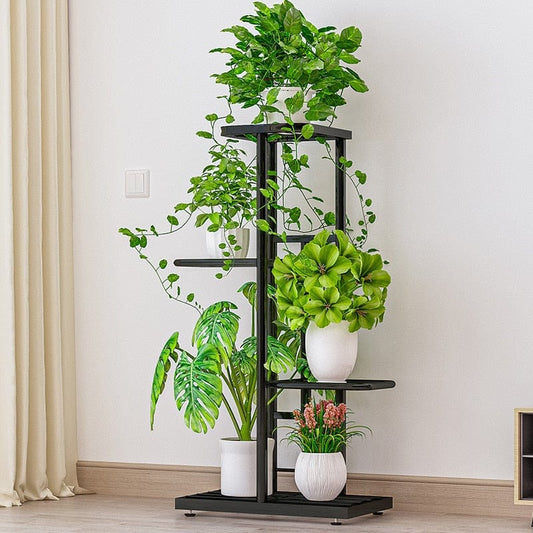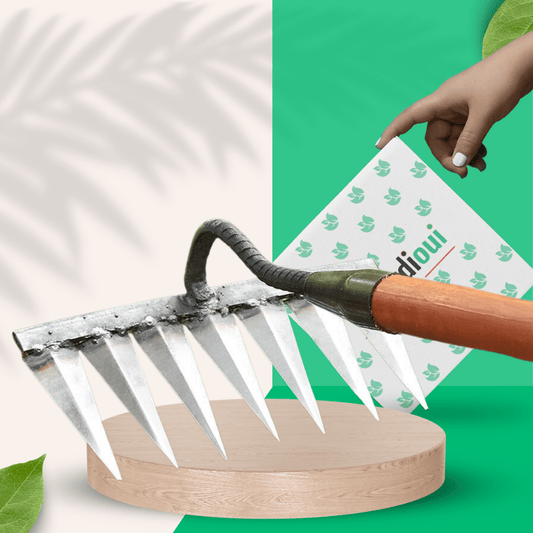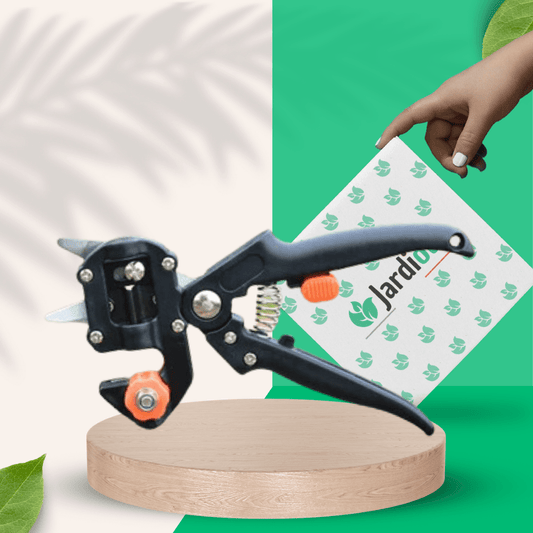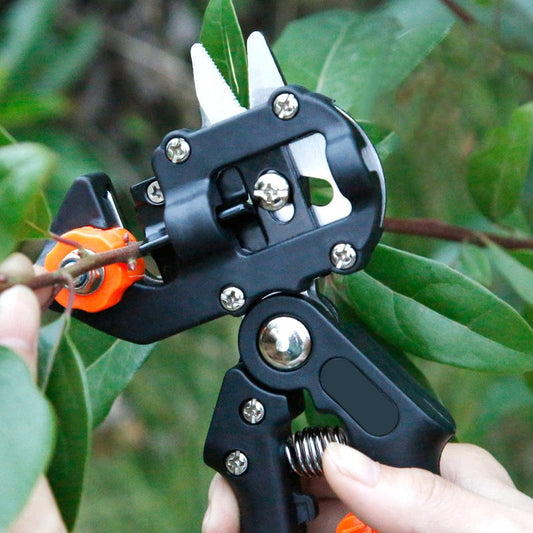Natural Methods to Get Rid of Common Weeds

With so much controversy surrounding the use of chemical weedkillers, especially those containing glyphosate, many gardeners are turning to more organic and natural weed control methods, even if it means more work.
If you want to get rid of weeds without harsh chemicals, here are 10 effective methods.
1. NATURAL WEEDKILLERS 🌿
Post-emergent herbicides target and kill growing weeds. They are available in spray form that penetrates through the foliage or in granular form that penetrates through the roots.
There are two types of post-emergent formulas:
- Systemic formulas that absorb directly into the plant and are ideal for perennial weeds.
- Contact formulations that only kill the exposed part of the plant and are most useful for annuals or small weeds.
Most organic herbicides are composed of acetic acid, citric acid, clove and/or citrus oils, and other ingredients. Some, like Iron X, based on iron content, are more effective on broad-leaved weeds like ground ivy than on grasses.
Common Natural Weed Killers to Try:
- Armor Natural Weed Killer for Grasses and Weeds
- Bonide Burnout Natural Weed Killer for Grasses and Weeds
- Avenger Organic Weed Killer Concentrate

2. NATURAL WEED PREVENTATIVES 🚫🌱
Pre-emergent herbicides affect weed seeds and prevent them from germinating, but they do not work on existing weeds. Most natural pre-emergents are made from corn gluten meal and are available in granular, pelleted and liquid forms.
Common Natural Preventers to Try:
- Espoma Organic Weed Preventative
- Preen Weed Preventative for Vegetable Garden
- Safer Brand Weed Prevention Plus
Within each herbicide category (post-emergent or pre-emergent), there are selective and non-selective options. Selective treatments target specific weeds and are non-lethal to other weeds or plants.
Non-selective treatments damage all plants they come into contact with, good or bad. When using any type of herbicide, remember that "organic" or "natural" does not necessarily mean "safe for children and pets." Treat all products with care, read labels and follow directions.
3. HOMEMADE SPRAYERS 🧴
Homemade mixtures of salt, vinegar and dish soap can be effective on some weeds, but should be used sparingly. Although they may seem safe and harmless, the ingredients can be harmful to the soil. Too much salt can make the soil toxic to plants, and vinegar can change the pH of the soil. Additionally, be careful about using vinegar if there are amphibians (frogs, toads, etc.) nearby, as it can be harmful to them.
4. MANUAL EXTRACTION 💪
The key to success in removing weeds by hand is to extract all the roots, especially with perennial weeds which can spread and regrow from the roots left behind. Use hand tools or standing weed eaters to make the job easier. Combine a little sweat with other methods and you're sure to see results.
5. HEALTHY LAWN AND MULCH 🌾
Maintaining a healthy, dense lawn can provide too much competition for weeds. In flower beds, a thick layer of mulch applied after thorough weeding can help prevent weeds from re-growing. Mulch can be made from bark chips, wood chips, bean hulls or husks, leaves or straw.
Tip for a healthy lawn: Water less often but abundantly to promote deep, weed-resistant roots. Mulch Tip: Cedar mulch also has natural insect repellent qualities and decomposes more slowly than other bark or wood mulches.
6. LANDSCAPE FABRIC 🌿🛡️
Heavy landscape fabric or weed control fabric blocks weed seeds from reaching the ground. Be sure to do a thorough weeding or solarization (see below) beforehand, as seeds hidden under the fabric may still find a way to grow, either around the edges or through holes created when planting . Although it is not aesthetically pleasing when used alone, you can add a layer of mulch for a more attractive appearance. Even if the seeds find a home and germinate in the mulch, the fabric will prevent the roots from taking hold and they will be easily removed. Secure the fabric with staples or landscape fabric stakes.
7. VEGETABLE COVER 🌱🌼
Plant a fast-growing ground cover to give weeds competition for soil and water, such as creeping phlox, creeping thyme or dragon's blood sedum.
8. NO-TILL GARDENING 🚜
Take a no-till approach to keep weed seeds dormant below the surface. (See No-Till Gardening 101 for more benefits.)
9. SOLARISATION DU SOL ☀️
This method is effective in reclaiming an area overgrown with weeds. It is an ecological and organic method that uses the heat of the sun to "cook" weeds and their seeds. It also kills bacteria, fungi, insects and other organisms in the soil. This method does not distinguish between harmful and beneficial organisms, so it is recommended to add compost before replanting this area.
- Completely clear the area of plants and debris. Plow to uproot weed roots, and rake to remove them and create a smooth surface.
- Water the soil to a depth of 15 cm.
- Cover the area tightly with clear plastic (1-4 mil painter's plastic works well). Do not use white or black plastic, as they do not allow sufficient heat transmission to the floor.
- Bury the plastic around the perimeter of the area or hold the edges with concrete blocks or bricks.
- Leave in place for 4 to 8 weeks during the hottest part of summer.
- Remove plastic and cover with landscape fabric before planting. Carefully cut the holes in the fabric, avoiding soil falling on them.
Tip: This method works best on soils that retain moisture, allowing steam to be produced each day to kill weed seeds. If you are solarizing drier or sandy soil, install drip lines or a garden hose under the plastic and water regularly. Monitor the amount of water that condenses under the plastic in the morning. When it decreases, it's time to add water.
10. HEAT 🔥
A specialized torch can be passed quickly over weed foliage, just long enough to destroy the tissue, and the weed will die. Flame weeding is ideal for annual weeds because it only kills the plant above ground and not the roots. Used on perennials, they will often regrow from the roots left behind. This method can be very effective on young weeds in walkways or cracks. Use with caution in dry or high fire hazard areas.
Another way to use heat to kill weeds is with boiling water. It will kill any plant growth it touches, so be careful of surrounding plants. It will also kill beneficial organisms in the soil. This method may be more effective at killing annual broad-leaved weeds, but less effective at controlling perennial weeds. However, it is very useful for weeds growing between paving stones or bricks, or in cracks in driveways or sidewalks. Be careful when carrying and pouring boiling water.
TYPES OF COMMON WEEDS AND HOW TO TREAT THEM
Weeds are classified into different categories just like other plants: annuals or perennials, and broad-leaved or grasses. Determining which group they belong to will help you know how and when to treat them for better weed control.
Annuals: Annuals grow from seed each year and die at the end of the season or are killed by the first frost.
Perennials: Perennials come back year after year and spread by seeds and roots.






